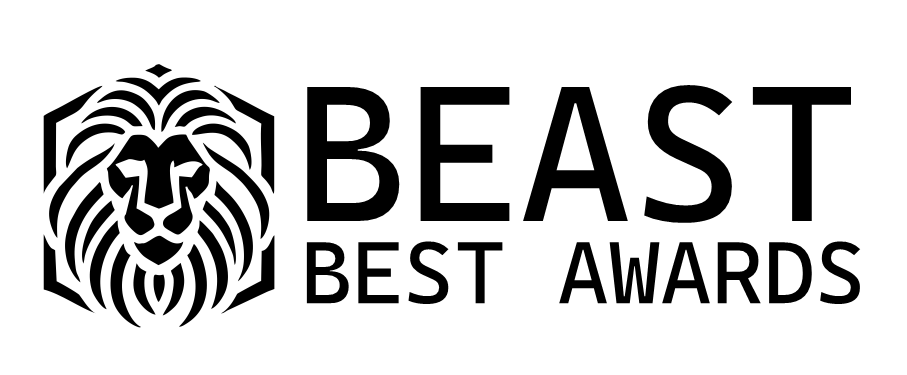A clogged drain can quickly turn from a small inconvenience into a major household issue. Slow-draining sinks, unpleasant odors, and standing water are all signs that you need to take action. With so many products available, finding the best clogged drain cleaner for your needs can seem overwhelming. This guide will help you understand what to look for, which types of cleaners are available, and how to use them effectively and safely.
Why Choosing the Right Drain Cleaner Matters
Using the wrong product can cause more harm than good. Some cleaners are too harsh for certain pipes, while others might not be strong enough to dissolve stubborn blockages. The best clogged drain cleaner will not only clear the blockage efficiently but also protect your plumbing system from damage.
Types of Clogged Drain Cleaners
When searching for the best solution, it’s important to understand the different types of drain cleaners:
-
Chemical Cleaners – These use powerful chemicals to dissolve hair, grease, and soap scum. They can be very effective but must be handled with care, especially in older plumbing systems.
-
Enzymatic Cleaners – Made from natural enzymes and bacteria, these cleaners are eco-friendly and safe for pipes. They work slower than chemical options but are ideal for regular maintenance.
-
Mechanical Tools – Devices like drain snakes and plungers physically remove clogs without chemicals. They are reusable and effective for tougher blockages.
-
Professional-Grade Solutions – Available from plumbing service providers, these are stronger than retail products and are often the fastest way to restore full drainage.
Key Features to Look For
The best clogged drain cleaner for your home will depend on your specific situation. Here’s what to consider:
-
Compatibility with Pipe Material – Ensure the cleaner is safe for PVC, metal, or septic systems.
-
Speed of Action – Some cleaners work in minutes, while others need several hours.
-
Environmental Safety – If you have pets, children, or a septic tank, opt for a non-toxic formula.
-
Versatility – A cleaner that works in kitchen sinks, bathroom drains, and tubs offers better value.
Step-by-Step Guide to Using a Drain Cleaner Safely
-
Identify the Type of Clog – Hair, grease, or foreign objects may require different solutions.
-
Read Instructions Carefully – Even the best clogged drain cleaner will be ineffective if not used as directed.
-
Protect Yourself – Wear gloves and eye protection when handling chemical cleaners.
-
Flush Thoroughly – Always rinse the drain with plenty of water after treatment to prevent residue buildup.
Preventing Future Clogs
Once your drain is clear, maintenance is key. Regularly using an enzymatic cleaner can help prevent buildup. Avoid pouring grease down the sink, use drain covers to catch hair, and flush drains with hot water weekly.
When to Call a Professional
If you’ve tried multiple products and the clog persists, it might be time to call a plumber. Some blockages are deep within the system and require specialized tools. A professional can also inspect your pipes for damage that could be causing repeated clogs.
Choosing the best clogged drain cleaner means balancing power, safety, and cost. Whether you opt for a strong chemical formula, a gentle enzymatic solution, or a professional service, the right choice will save you time, money, and frustration. By understanding your options and following safe usage practices, you can keep your drains running smoothly and your home free from plumbing headaches.









